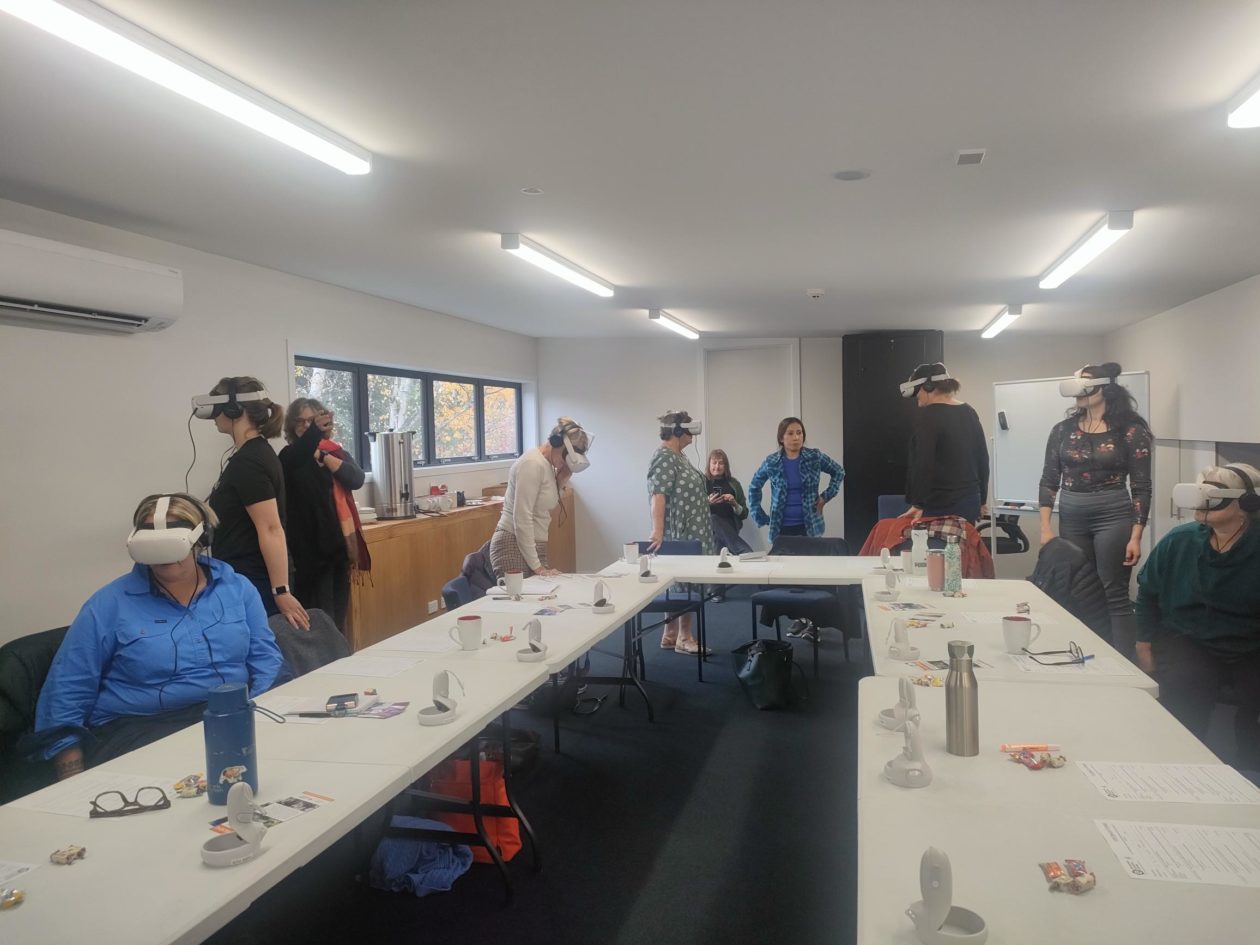Can you teach empathy?
Dementia Learning Centre Director Caroline Bartle explores why empathy is an important skill for any practitioner

As a learning and development professional with decades of experience, I’ve frequently encountered scepticism about whether empathy can be taught. The good news? Research now confirms that empathy is indeed a skill we can develop. But why should we bother?
Empathy goes beyond simply connecting with others. It allows us to see the person, not just their condition or circumstances. This person-focused approach leads to better assessments, fewer errors and tackles stigma head on.
Importantly, empathy acts as a buffer against burnout. For organisations, this translates to reduced recruitment and retention costs (which are high in aged care sector). However, empathy can diminish over time, even in experienced practitioners, so ongoing cultivation is crucial.
It’s not a question of should be, but rather can we afford not to teach empathy?
A lack of empathy can have serious consequences, including leading to incorrect assessments, and an increased risk of abuse along side potential negative impacts on the organisation’s reputation.
Teaching empathy: What works?
Several strategies have proven effective in developing empathy:
- Simulated experiential learning
- Hearing stories from those with lived experiences
- Virtual reality interventions
Virtual reality: A game-changer
Among these approaches, virtual reality (VR) stands out as one of the most researched and evidence-based methods for teaching empathy. Like our Educational Dementia Immersive Experience (EDIE) that allows learners to literally step into someone else’s shoes, providing a powerful, immersive experience that can rapidly shift perspectives and deepen understanding.
As one participant in a VR dementia training programme shared:
“Of all the training I’ve ever done, having been in that… it is as close as possible to living in a world with dementia. It was the most powerful thing that I’ve ever experienced. It really gave you a completely different insight.”
While understanding the importance of empathy is one thing, consistently applying it in real-world situations can be challenging. Some of the barriers to putting empathy into practice include time constraints, lack of good leadership and compassion fatigue.
However, participants who’ve undergone empathy training offer valuable insights on overcoming these challenges:
“Think how they’re feeling and have a lot more patience.”
“I would treat them like an ordinary person.”
“Being more understanding will prevent unnecessary conflict.”
However, even powerful training experiences may not translate into compassionate action when individuals return to challenging work environments. This gap between learning and application remains a significant hurdle for many services.
At Dementia Learning Centre, we recognise this challenge. That’s why we’re in the process of developing a whole systems approach. This innovative strategy will enable organisations to access the expertise needed to create a comprehensive learning journey.
While empathy may come more naturally to some, it’s a skill we can all improve with the right tools and practice.
Effective empathy training, particularly through immersive experiences like EDIE, can bridge the gap between theoretical knowledge and practical application – enabling care partners and professionals to truly understand the experiences of dementia mate wareware.
So, can you teach empathy? Absolutely – and in today’s world, it’s more important than ever that we do. By investing in empathy training and creating systems that support its practical application, we’re not just improving individual interactions; we’re cultivating a more understanding, patient, and compassionate society as a whole. The journey from empathy to compassion is complex, but with the right approach, it’s a journey we can successfully navigate.
Find out more about virtual reality at the Dementia Learning Centre

